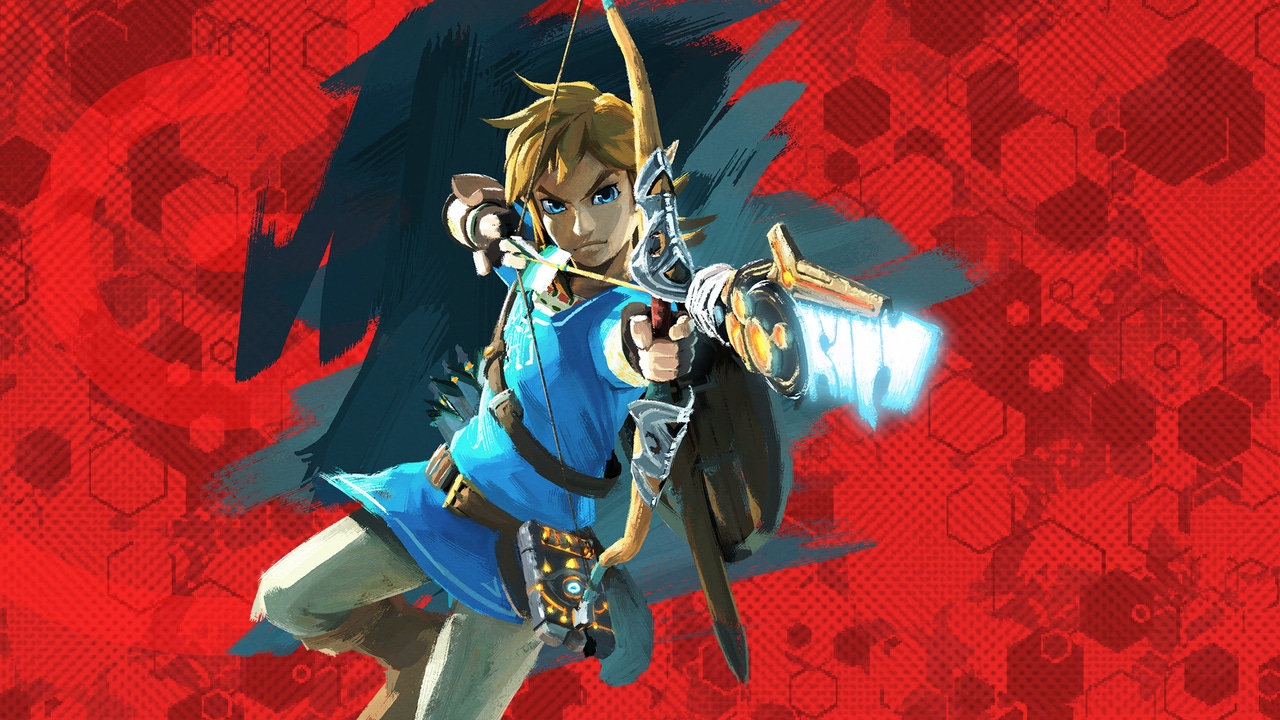Trending
Opinion: How will Project 2025 impact game developers?
The Heritage Foundation's manifesto for the possible next administration could do great harm to many, including large portions of the game development community.

Read More from GDC 2024 | Keep up with the latest game industry event coverage from GDC 2024, including news, talks, interviews, and more from the Game Developer team.
The unbelievable stunts players pulled off in The Legend of Zelda: Breath of the Wild drove the Tears of the Kingdom team to make an even more open-ended game experience.

When Nintendo released The Legend of Zelda: Breath of the Wild in 2017, it was hailed as a groundbreaking achievement in open-world design and technical development. Its complex systems allowed players to creatively solve puzzles and tackle the many challenges they faced and oh boy did some people get creative.
Some players exploited the physics to the point they became bona-fide digital stuntpeople. Logs became surfboards. Guardians became target practice. And then there's whatever the heck these players were doing.
To perform these feats, players needed to become intimately familiar with Breath of the Wild's physics system. So familiar that they may have known as much about how it worked as the developers at Nintendo themselves.
After years of such jaw-dropping performances, we had to know. Had the developers seen these videos? Did they influence the design of The Legend of Zelda: Tears of the Kingdom at all?
At GDC 2024, in a conversation with technical director Takuhiro Dohta and his colleagues, we got our answer. Because players dove so deep into the systems of Breath of the Wild, Dohta said it gave him and his colleagues and Nintendo "confidence to go even further" when making Tears of the Kingdom.
Nintendo's focus on family-friendly entertainment since the launch of the Nintendo Wii U has seen the publisher adopt a more careful tact for how its games are designed. Breath of the Wild and Tears of the Kingdom are meant to be as accessible to children learning their first game as they are to adults looking for an experience rivaling The Elder Scrolls V: Skyrim.
So it's notable when it releases games that players push to the absolute limit. The Super Mario Maker games are another example of this. Some community levels have become so devilishly fiendish that they require perfect execution of button inputs to execute.
Dohta explained that during the development of Breath of the Wild, he and his colleagues were relatively sure they were creating a fun game despite its many intricacies, but there was still some hesitancy around player reception.
"I have to admit we weren't quite sure exactly how much players would understand what we were trying to offer them," he recalled. "We were a little bit uncertain about how they would make use of it."
Players indeed "made use" of Breath of the Wild's systems. Liberally. Dohta said the team was relieved players were able to create that kind of fun for themselves without taking away from the everyday player experience.
And that leads us to just how they channeled that relief into Tears of the Kingdom.
Knowing players of all skill levels were adapting well to the "multiplicative" gameplay systems of Breath of the Wild gave Nintendo a better reference point for predicting player interest not just in Tears of the Kingdom's expanded systems, but its more open-ended approach to the main storyline.
Dohta said that the player's exploration of the systemic depth of Breath of the Wild was one of many reasons they took bigger swings with the sequel's narrative design and other elements.
"That gave us the confidence to go even further with this idea in Tears of the Kingdom, and have assurance that players would go with us on that journey and be able to accept the expanded gameplay that we were offering," he said. "That doesn't just apply to the physics and sound. I think it gave us confidence to try new things with the 'scenario' as well."
In Tears of the Kingdom, players are given three major "main quests" (the aforementioned "scenario") that guide them across the game world, and many sub-objectives for each of them can be completed in any order or even in some unique cases, skipped. Dohta said that the intent for those quests was that they would "still line up and make a holistic story."
"That was another element [where] we were able to challenge ourselves in expanding what we did in Breath of the Wild."
In the years between Breath of the Wild and Tears of the Kingdom, many stunt performances made their way into videos like those from Chris Person's Highlight Reel channel. These clips weren't just appealing to Breath of the Wild fans. They were jaw-dropping (or hilarious) spectacles that could entertain a wider audience too.
With both Breath of the Wild and Tears of the Kingdom, the Legend of Zelda developers took the risk of creating game systems that could have glitched out and ruin the player experience.
But not only did they smooth out the edges, they left the tools in the game for players to explore what feats they could perform—an act of trust that paved the way for even more complex game design in Tears of the Kingdom.
Game Developer and Game Developers Conference are sibling organizations under Informa Tech.
You May Also Like